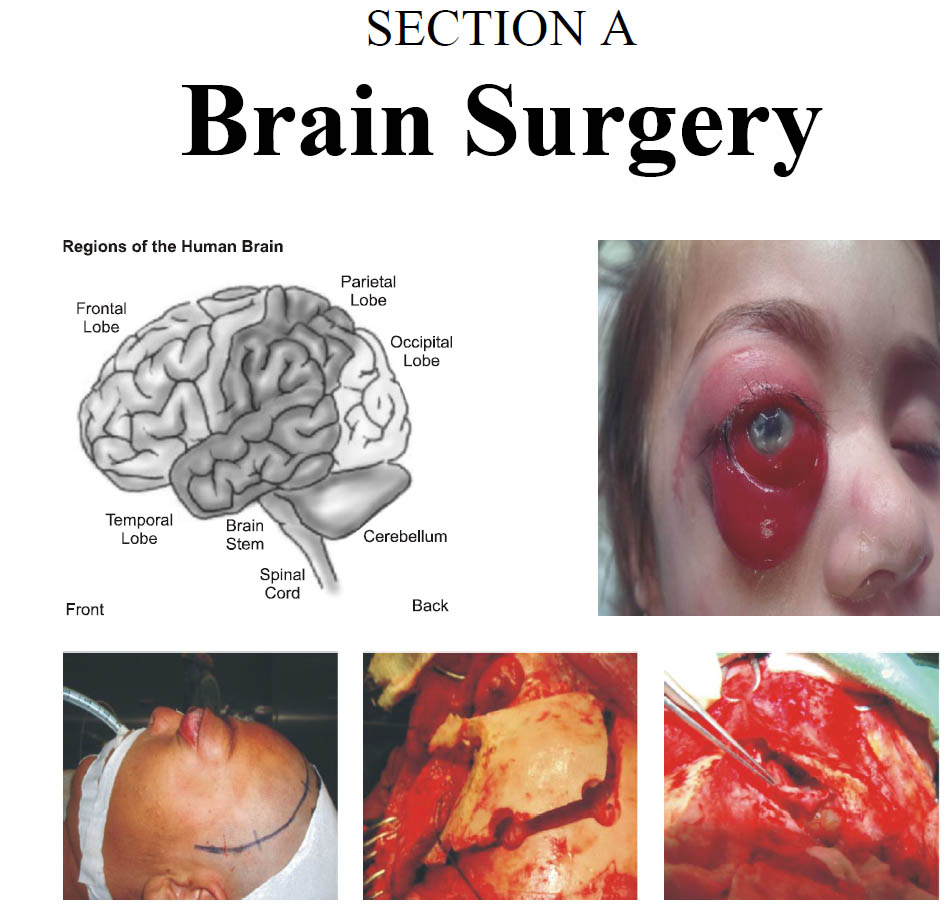Leukocytosis: Predictor of Radiological and Neurological Outcome of Patients of Traumatic Brain Injury Presented to Jinnah Hospital, Lahore
DOI:
https://doi.org/10.36552/pjns.v23i4.386Keywords:
Traumatic brain injury, Total leukocyte count, Extradural hematoma, Subdural hematoma, Traumatic subarachnoid hemorrhage, White blood cells, Glasgow outcome scale extendedAbstract
Background/Objective: Catecholamines and cortisol cause raised TLC (total leukocyte count) and brain inflammation after injury. We found out that weather leukocytosis is predictive for radiological and neurological outcome in patientswith TBI presenting to JHL.
Materials and Methods: Blood samples of patients (n = 100) were collected on presentation in the emergency room, after 72 hours and on the 5th day for TLC count.CT Brain was obtained on presentation in emergency, after 72 hours and on the 5th day. The progression of imaging findings on CT scan were assessed and compared with TLC count. The outcome of these patients was assessed according to the Extended Glasgow Outcome Scale.
Results: TLC after TBI is raised initially and then it declined afterwards in mild and moderate TBI, but remained on the upper limit in moderate TBI. In severe TBI, TLC was raised initially and then it progressed to higher limits afterwards.These results showed that there is a strong relation between TLC and TBI.Regarding the association between radiological assessment and severity of injury along with raised TLC, it was observed that the patients having EDH had raised TLC along with expansion of hematoma, while patients with contusions, T-SAH (traumatic sub-dural hematoma) SDH had TLC on upper limit, but there was no significant resolution of radiological severity
Conclusion: WBC count can be used as a predictor of radiological outcome, as it was found that patients with severe head injury had raised TLC. TLC count can be used to assess the severity of injury and prognosis.
References
2. Alhabdan S1, Zamakhshary M, Al-Naimi M, Al-Bedah K, Al-Enazi S, Al-Habib A. Epidemiology of traumatic
head injury in children and adolescents in a major trauma center in Saudi Arabia implications for injury prevention. Ann Saudi Med. 2013; 33: 52-56.
3. Czigner A, Mihaly A, Farkas O, Büki A, Krisztin-Peva B, DoboE, Barzo P. Kinetics of the cellular immune response following closed head injury. Acta Neurochir (Wien). 2007; 149: 281-289.
4. Clifton GL, Ziegler MG, Grossman RG. Circulating catecholamines and sympathetic activity after head injury. Neurosurgery, 1981; 8: 10-14.
5. Hortangl H, Hammerle AF, Hackl JM, Brucke T, Rumpl E, Hortangl H: The activity of the sympathetic nervous system following severe head injury. Intensive Care Med. 1980; 6: 169-177.
6. Rosner MJ, Newsome HH, Becker DP. Mechanical brain injury: The sympathoadrenal response. J Neurosurg. 1984; 61: 76-86.
7. Boggs DR: The kinetics of neutrophilic leukocytes in health and in disease. Semins Hemat. 1967; 4: 359-386.
8. Dale DC. Leukocytosis, leukopenia, and eosinophilia. In: Harrison's, ed. Principles of Internal Medicine. New York: McGraw-Hill, Inc., 1991: 359-362.
9. Dietrich WD, Chatzipanteli K, Vitarbo E, Wada K, Kinoshita K. The role of inflammatory processes in the pathophysiology and treatment of brain and spinal cord trauma. Acta Neurochir Suppl. 2004; 89: 69-74.
10. Fee D, Crumbaugh A, Jacques T, Herdrich B, Sewell D, Auerbach D, Piaskowski S, Hart MN, Sandor M, Fabry Z. Activated/effector CD4+ T cells exacerbate acute damage in the central nervous system following traumatic injury. J Neuroimmunol. 2003; 136: 54-66.
11. Gourin CG, Shackford SR.: Production of tumor necrosis factor-alpha and interleukin-l beta by human cerebral microvascular endothelium after percussive trauma. J Trauma. 1997; 42: 1101-1107.
12. Juurlink BH. Introduction: The role of inflammation in mediating damage following stroke and neurotrauma. Brain Pathol. 2000; 10: 93-94.
13. Lenzlinger PM, Hans VH, Joller-Jemelka HI, Trentz O, Morganti¬Kossmann MC, Kossmann T: Markers for cellmediated immune response are elevated in cerebrospinal fluid and serum after severe traumatic brain injury in humans. J Neurotrauma. 2001; 18: 479-489 30.
14. Teasdale G, Jennet B. Assessment of coma and impaired consciousness. Lancet. 1974; 2: 81-84.
15. Czigner A, Mihaly A, Farkas O, Büki A, Krisztin-Peva B, Dobo E, Barzo P. Kinetics of the cellular immune response following closed head injury. Acta Neurochir (Wien). 2007; 149: 281-289.
16. Keskil S, Baykaner MK, Ceviker N, Aykol ?. Head Trauma and Leucocytosis. Acta Neurochir (Wien). 1994; 131: 211-214.
17. Rovlias A, Kotsou S. The Blood Leucocyte count and its prognostic significance in severe head injury. Surg Neurol. 1994; 55: 190-196.

Downloads
Published
Issue
Section
License
The work published by PJNS is licensed under a Creative Commons Attribution-NonCommercial 4.0 International (CC BY-NC 4.0). Copyrights on any open access article published by Pakistan Journal of Neurological Surgery are retained by the author(s).












